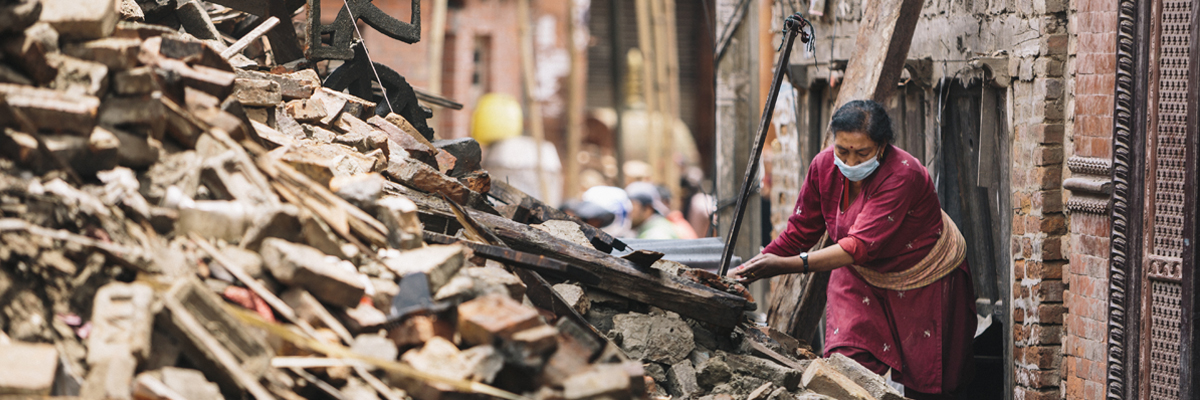
|
1.
|
In Japanese mythology, a giant catfish called Namazu is responsible for earthquakes; whereas the ancient Greeks believed that earthquakes were caused by winds rushing out from caves inside Earth. |
|
2.
|
We now know that earthquakes typically result from movements of Earth’s tectonic plates. You can think of tectonic plates like Earth’s egg shell, the hard and sometimes cracked shell around a fluid, moving center. As these plates separate and collide, it causes vibrations beneath the ground which can cause a lot of damage on the surface. |
|
3.
|
The San Andreas Fault, the border between the Pacific and North American plates moves at a rate of about 2 inches per year, about the same rate your fingernails grow. |
|
4.
|
Earthquakes can happen anywhere; even on the moon! “Moonquakes” are typically less intense than earthquakes because they are caused by drastic changes in surface temperature rather than shifts in tectonic plates. |
|
5.
|
There are significantly less earthquakes on the southern hemisphere, due to the shapes of earth’s tectonic plates. Antarctica has the least amount of earthquakes of any continent. |
|
6.
|
Conversely, 80% percent of earthquakes occur within the “Ring of Fire,” a large area in the Pacific ocean where many tectonic plates meet. This area is also prone to volcanic eruptions and affects millions of people living in parts of Alaska, California, Hawaii, and Japan. |
|
7.
|
There are about 50 earthquakes everyday worldwide. Didn’t feel any? Well that’s because some are more powerful than others. On average, only 130 earthquakes with a magnitude of 6 or higher occur each year. This is the range where earthquakes can become fatal. |
|
8.
|
The “impact” of an earthquake is expressed using the Moment Magnitude Scale (MMS) as measured by a seismograph that interprets the seismic waves (kind of like sounds waves) caused by a quake. The MMS scale replaced the commonly known Richter Scale in the 1970’s. |
|
9.
|
The biggest factor in determining the impact on humans of an earthquake all depends on where the epicenter is located. The most deadly earthquakes occur in populated areas with poor infrastructure or in the ocean close to land which causes a giant wave known as a Tsunami. Read more about Tsunami’s here. |
|
10.
|
The “focus” or “hypocenter” is the earthquake’s initial point of rupture under the Earth’s surface. Its “epicenter” is the point at ground level above the hypocenter. |
|
11.
|
There are no definitive ways to predict an earthquake far in advance. Through advanced detection systems, scientists can alert residents of an upcoming quake but only seconds or sometimes minutes in advance. More and more countries are installing these warning systems to provide that life saving head start |
At GlobalGiving, we believe the best way to give after a disaster is by supporting locally-driven organizations that are deeply rooted in the affected communities. Below you'll find vetted, high-impact nonprofit organizations providing both emergency relief and long-term recovery for those in need.